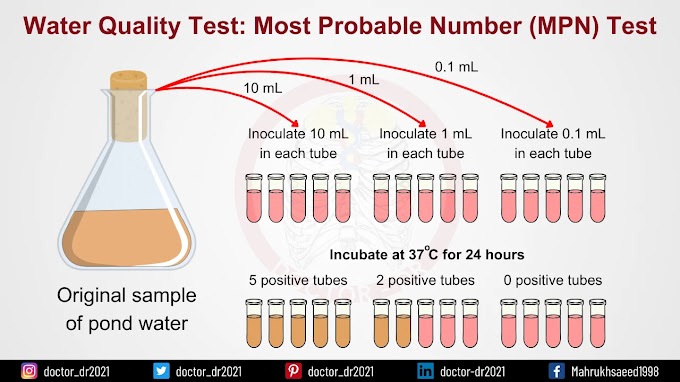by Microbiology Doctor-dr (doctor-dr)(doctor_dr)
Four Kingdom Classification System
The living world was split into four kingdoms until very recently. The categorization system of the four kingdoms recognized:
|
I.
Superkingdom: |
Prokaryota |
|
i.
Kingdom: |
Monera – includes bacteria
and cyanobacteria |
|
II.
Superkingdom: |
Eukaryota |
|
ii.
Kingdom: |
Plantae –
compromised of photosynthetic plants. |
|
iii.
Kingdom: |
Fungi - consisting of organisms with both
plant-like nutrition and animal-like characteristics and exhibiting absorptive
nutrition. |
|
iv.
Kingdom: |
Animalia - includes organisms with ingestive. |
Fungi were once usually classified together with plants, but fungi have some plant-like and animal like characteristics, therefore it is now recognised as a separate kingdom.
Whittaker's Five Kingdom Concept
R. H. Whittaker introduced the five-kingdom system in 1969, which is a more modern and thorough categorization scheme. Margulis and K. V. Schwartz established the theoretical foundation for the five kingdom system. This categorization system is based on three layers of cellular architecture that developed to support the three main modalities of nutrition: photosynthesis, absorption, and ingestion.
|
i.
Kingdom: |
Monera |
|
The kingdom includes prokaryotes that lack ingestive mode
of nutrition. |
|
|
ii.
Kingdom: |
Protista |
|
This kingdom includes unicellular eukaryotic
microorganisms, microalgae, protozoa, and creatures that have both plant and
animal traits. All three forms of feeding are present in the kingdom's
members: photosynthetic (microalgae), ingestive (protozoa), and absorptive. |
|
|
iii.
Kingdom
|
Plantae |
|
The kingdom includes photoautotrophic multicellular
eukaryotic organisms such as higher algae and green plants. |
|
|
iv.
Kingdom: |
Animalia |
|
All the multicellular animals that exhibit ingestive mode
of nutrition are place in kingdom Animalia. |
|
|
v.
Kingdom: |
Fungi |
|
The kingdom includes higher fungi that exhibit absorptive
mode of nutrition. |
|
Kingdom: Protoctista
The unicellular creatures are a point of distinction between the two systems. All single-celled (unicellular) eukaryotic creatures have been classified as a separate and distinct kingdom of Protista in certain categorization schemes. The Protista are connected to certain creatures, particularly algae, that appear to have a very basic arrangement of cells, according to Whittaker's five kingdom system. Protoctista is the new name for this kingdom, which includes eukaryotic algae, Protozoa, and slime molds.








